News Archive
Filter By
- Abyssinian ground hornbill
- Addax
- Aldabra tortoise
- Allen's swamp monkey
- Alpaca
- American alligator
- American avocet
- American bison
- American flamingo
- American wigeon
- Andean bear
- Aquatic caecilian
- Arapaima
- Asian elephant
- Asian small-clawed otter
- Asian water dragon
- Australian snake-necked turtle
- Bald eagle
- Baltimore oriole
- Barred owl
- Bearded emperor tamarin
- Beaver
- Bennett's wallaby
- Binturong
- Black-and-white ruffed lemur
- Black-crowned night heron
- Black-footed ferret
- Black-tailed prairie dog
- Black-throated blue warbler
- Blue-billed curassow
- Blue crane
- Bobcat
- Brown pelican
- Bufflehead
- California sea lion
- Canvasback
- Cedar waxwing
- Channel catfish
- Cheetah
- Chicken
- Chinese alligator
- Chinese three-striped box turtle
- Clouded leopard
- Collared brown lemur
- Common raven
- Common yellowthroat
- Corals and sea anemones (anthozoa)
- Cow
- Crocodile monitor
- Cuban crocodile
- Dama gazelle
- Degu
- Dunlin
- Eastern corn snake
- Eastern indigo snake
- Eastern newt
- Eastern red-backed salamander
- Eastern screech-owl
- Eld's deer
- Electric eel
- Emperor newt
- Fennec fox
- Fishing cat
- Gaboon viper
- Geoffroy's marmoset
- Gharial
- Giant leaf-tailed gecko
- Giant panda
- Goat
- Golden-headed lion tamarin
- Golden lion tamarin
- Gray seal
- Gray wolf
- Green tree python
- Grevy's zebra
- Guam kingfisher (sihek)
- Guam rail (ko’ko’)
- Guinea pig
- Harbor seal
- Hartmann's mountain zebra
- Hawk-headed parrot
- Hellbender
- Home's hinge-back tortoise
- Hooded crane
- Iranian fat-tailed gecko
- Japanese giant salamander
- King vulture
- Komodo dragon
- Kori bustard
- Kunekune pig
- Land hermit crab
- Larger Malay mouse-deer
- Lemur leaf frog
- Lesser hedgehog tenrec
- Lesser kudu
- Lion
- Loggerhead shrike
- Long-tailed chinchilla
- Long-tailed salamander
- Maned wolf
- Meerkat
- Miniature donkey
- Naked mole-rat
- North American porcupine
- North American river otter
- Northern Luzon giant cloud rat
- Northern pine snake
- Northern pintail
- Northern red salamander
- Northern snakehead fish
- Northern tree shrew
- North Island brown kiwi
- Norway rat
- Orangutan
- Orchard oriole
- Ossabaw Island hog
- Ostrich
- Ovenbird
- Pallas's cat
- Panamanian golden frog
- Patagonian mara
- Persian onager
- Philippine crocodile
- Prehensile-tailed porcupine
- Prevost's squirrel
- Przewalski's horse
- Pygmy slow loris
- Red-crowned crane
- Red-fronted lemur
- Red-rumped agouti
- Red-winged blackbird
- Red knot
- Red panda
- Red River hog
- Red ruffed lemur
- Red wolf
- Ring-tailed lemur
- Ruddy duck
- Schmidt's red-tailed monkey
- Scimitar-horned oryx
- Screaming hairy armadillo
- Semipalmated plover
- Semipalmated sandpiper
- Siamang
- Sitatunga
- Sloth bear
- Southern lesser galago
- Southern swamp sparrow
- Southern tamandua
- Spider tortoise
- Striped skunk
- Tanagers
- Tentacled snake
- Tiger
- Titi monkey
- Turkey
- Twig catfish
- Two-toed sloth
- Vietnamese mossy frog
- Virginia opossum
- Von der Decken's hornbill
- Western lowland gorilla
- White-cheeked gibbon
- White-faced saki
- White-naped crane
- White-nosed coati
- Whooping crane
Displaying 701 - 725 of 2363 articles.
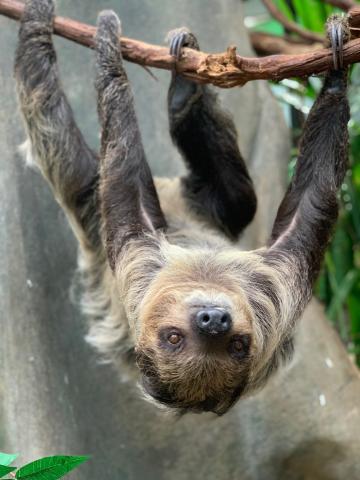
New Two-toed Sloth Arrives at Smithsonian’s National Zoo
The Small Mammal House has a new resident worth slowing down for: Athena, a 1½-year-old female two-toed sloth.

Making Sense of Animal Milks
As a research assistant for the nutrition laboratory, Jenna Pastel wears a snowsuit year-round. That’s because she spends a lot of time in a -20 degree Fahrenheit walk-in freezer located in the Zoo’s science building.
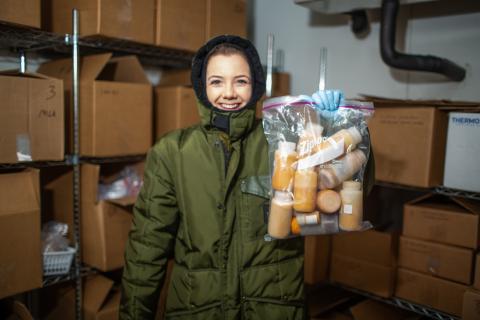
Guess That Milk Quiz
Are you a milk maven? Play "Guess That Milk" and try to match these milk samples with the animals they came from.
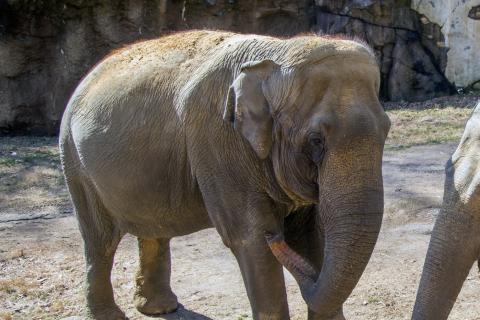
Elephant Update: Caring for Shanthi
An update on Asian elephant Shanthi's osteoarthritis.
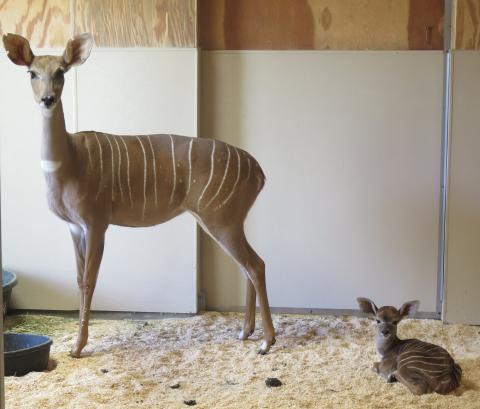
Meet the Zoo’s New Kudu Calf
On Oct. 15, the Zoo welcomed a bouncing baby to its lesser kudu family! This past week, he joined his mom and brother on exhibit for the first time.
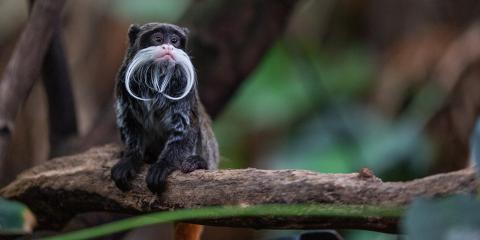
New at the Zoo: Emperor Tamarins
Meet Fleck and Poe, a pair of emperor tamarin brothers who recently made their debut in Amazonia’s rainforest habitat! Get to know these mischievous monkeys from animal keeper Denny Charlton.

Dec. 5: ZooLights Security Update
An update from Zoo director Steve Monfort regarding plans to implement additional security measures doing ZooLights.
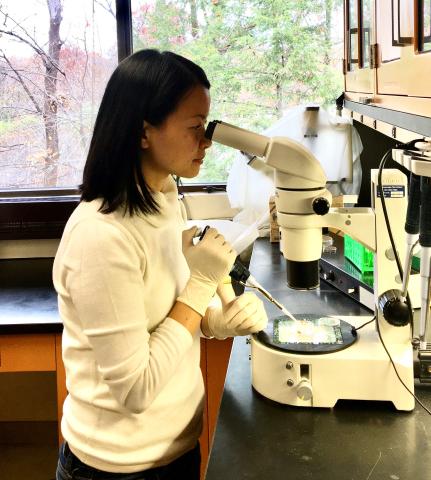
Smithsonian Scientists Dry and Store Live Ovarian Tissues Above Freezing Temperatures for the First Time
Scientists at the Smithsonian Conservation Biology Institute have preserved complex ovarian tissues in domestic cats above freezing temperatures by dehydrating them with the help of microwaves.

ZooLights Security Update
An update from Zoo Director Steve Monfort regarding ZooLights security.
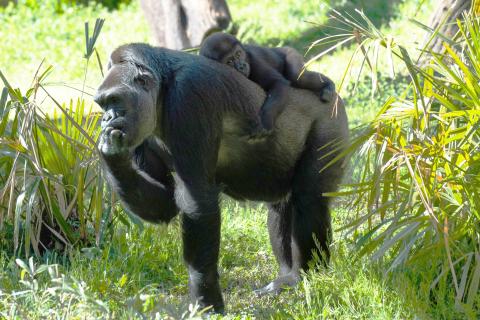
A Conversation about Animal Cognition
In August, the Smithsonian's National Zoo's animal welfare and research manager Betsy Herrelko, Ph.D., moderated a panel at the 2019 Library of Congress National Book Festival.
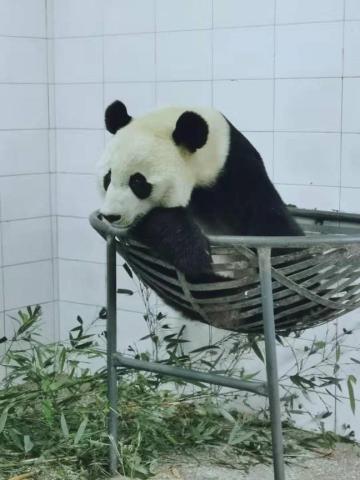
Bei Bei Has Settled in at Bifengxia and the Panda Team is Back!
Bei Bei is settling in at his new home in China at the Bifengxia panda base. He did very well on the FedEx Panda Express and spent most of the 16-hour trip eating and sleeping.

Media Advisory | Flip the Switch: ZooLights, Powered by Pepco
Flip the switch event to officially open ZooLights, powered by Pepco, the annual free lights festival at Smithsonian’s National Zoo.
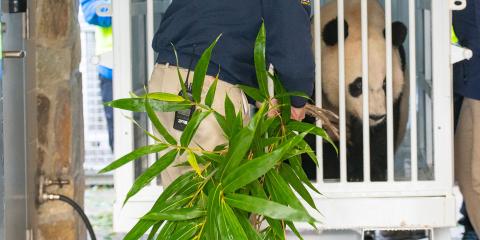
Giant Panda Bei Bei Departs Smithsonian’s National Zoo for China
Bei Bei the 4-year-old giant panda, began his journey to China on Nov. 19, 2019.

ZooLights, Powered by Pepco, Begins Nov. 29
ZooLights—powered by Pepco—is bigger, brighter and better than ever this season. Visitors can join the Smithsonian’s National Zoo in celebrating the holidays with its annual free lights festival. The Zoo will be illuminated for 31 nights—from Nov. 29 through Jan. 1, 2020 (except Dec. 24, 25 and 31)...
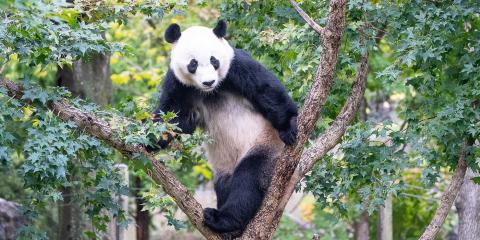
Media Advisory: Farewell Celebration for Giant Panda Bei Bei
“Bye Bye, Bei Bei” (BAY-BAY,) a series of online and on-site celebratory events to bid a fond farewell to giant panda Bei Bei before he departs for China.
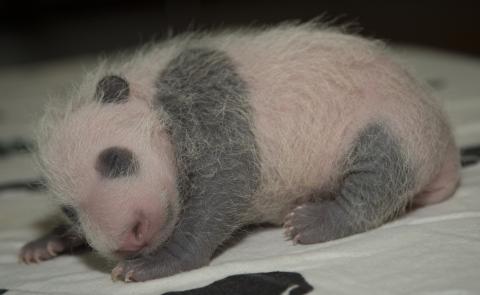
Snapshot: Bei Bei in Pictures
Giant panda Bei Bei knows how to work his angles! Check out some of our favorite snaps of this remarkably photogenic bear from the past four years.
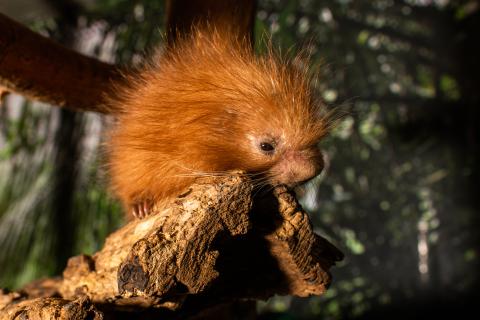
Prehensile-Tailed Porcupine Born at the Smithsonian’s National Zoo
There is a prickle of excitement at Small Mammal House where keepers discovered that Beatrix, a 2-year-old prehensile-tailed porcupine, gave birth to a porcupette.

Bei Bei’s Most Memorable Moments at the Zoo
As we prepare to bid giant panda Bei Bei a fond farewell, we’re taking a look back at some favorite milestones and memorable moments from his time at the Zoo.
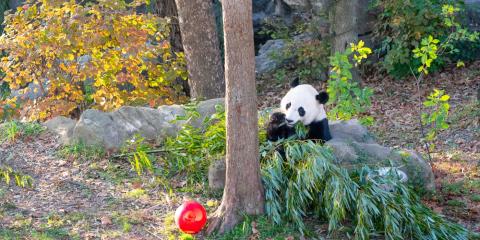
A Day in the Life of a Giant Panda Keeper
Follow a day in the life of the Smithsonian's National Zoo's giant panda keepers as they care for Tian Tian, Mei Xiang and Bei Bei.
Media Advisory: Smithsonian’s National Zoo’s Giant Panda Bei Bei Departs for China
Media Advisory: Giant panda Bei Bei departs for China Nov. 19.
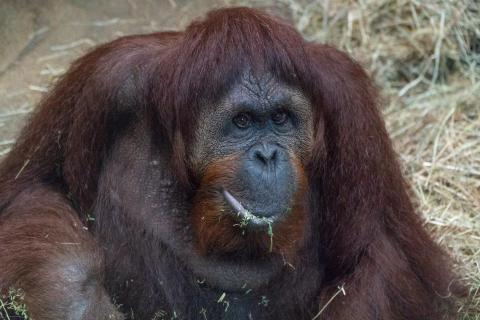
Under (Blood) Pressure: Monitoring Heart Rates in Zoo Primates
How do you get an orangutan to sit still for an electrocardiogram? All it takes is a little patience and a lot of ingenuity! The Smithsonian’s National Zoo’s positive reinforcement training program enables primates to voluntarily participate in their own medical care without the need for anesthesia.
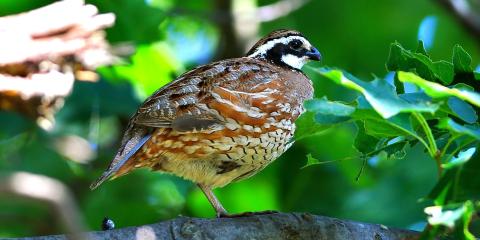
Answering the Call for Bobwhite Quail
Forty years ago, the distinctive call of the bobwhite quail could be heard throughout Virginia’s grasslands. Now, their call is fading — silenced by changing farm practices and land development that have led to the quail’s steep population declines. The Smithsonian has joined a nationwide effort to...
